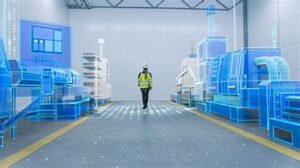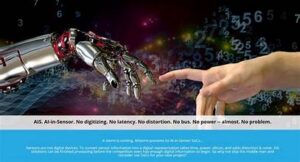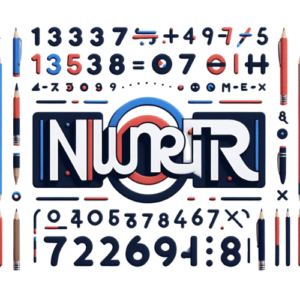In the ever-evolving world of industrial meas
urement, AI-driven sensors are emerging as a revolutionary force. These advanced sensors are transforming how industries monitor and manage their processes, driving efficiency, accuracy, and innovation. This article delves into the transformative impact of AI-driven sensors on industrial measurement systems, exploring their benefits, applications, and future potential.
The Rise of AI-Driven Sensors
AI-driven sensors integrate artificial intelligence with traditional sensing technology, allowing them to analyze data in real-time, learn from patterns, and make intelligent decisions. Unlike conventional sensors that only collect data, AI-driven sensors process and interpret this data, offering deeper insights and more actionable information.
Key Advantages of AI-Driven Sensors
- Enhanced Accuracy and Precision
AI-driven sensors provide superior accuracy by continuously learning and adapting to changing conditions. Traditional sensors may drift or become less accurate over time, but AI-driven sensors can recalibrate themselves using machine learning algorithms, ensuring consistently precise measurements. - Real-Time Data Analysis
The integration of AI enables real-time data processing and analysis. This capability allows industries to respond immediately to changes or anomalies, reducing downtime and preventing potential issues before they escalate. - Predictive Maintenance
AI-driven sensors can predict equipment failures before they occur by analyzing historical data and identifying patterns that precede malfunctions. This predictive maintenance approach helps avoid costly repairs and extends the lifespan of machinery. - Reduced Operational Costs
By optimizing processes and improving efficiency, AI-driven sensors can significantly reduce operational costs. They minimize the need for manual interventions, decrease energy consumption, and improve overall system performance. - Increased Safety
In industrial environments, safety is paramount. AI-driven sensors can monitor hazardous conditions and alert personnel to potential dangers, enhancing workplace safety and compliance with regulations.
Applications of AI-Driven Sensors
- Manufacturing
In manufacturing, AI-driven sensors are used to monitor production lines, ensuring that products meet quality standards. They detect defects, optimize machine settings, and improve overall process efficiency. - Energy Management
AI-driven sensors play a crucial role in energy management by tracking energy usage patterns and identifying opportunities for savings. They help optimize energy consumption, reduce waste, and support sustainability efforts. - Agriculture
In agriculture, AI-driven sensors monitor soil conditions, weather patterns, and crop health. This information allows farmers to make informed decisions about irrigation, fertilization, and pest control, leading to increased yields and reduced resource usage. - Healthcare
AI-driven sensors are revolutionizing healthcare by providing real-time monitoring of patient vitals and predicting potential health issues. They enable personalized treatment plans and improve patient outcomes. - Transportation
In transportation, AI-driven sensors enhance vehicle safety and efficiency. They monitor vehicle performance, track fuel consumption, and provide real-time data on traffic conditions, contributing to smarter and safer transportation systems.
Challenges and Considerations
While AI-driven sensors offer numerous benefits, there are also challenges to consider:
- Data Security
With the increased amount of data being generated, ensuring data security and privacy is crucial. Industries must implement robust cybersecurity measures to protect sensitive information. - Integration with Existing Systems
Integrating AI-driven sensors with legacy systems can be complex and require significant investment. Careful planning and execution are necessary to ensure seamless integration. - Cost of Implementation
The initial cost of implementing AI-driven sensors can be high. However, the long-term benefits often outweigh the initial investment, making them a worthwhile consideration for many industries.
The Future of AI-Driven Sensors
The future of AI-driven sensors looks promising as technology continues to advance. Innovations in AI and sensor technology will likely lead to even more sophisticated and capable sensors. We can expect further improvements in data analysis, greater integration with other technologies, and expanded applications across various industries.
Conclusion
AI-driven sensors are revolutionizing industrial measurement systems by offering enhanced accuracy, real-time data analysis, predictive maintenance, and increased safety. Their applications span across manufacturing, energy management, agriculture, healthcare, and transportation, driving efficiency and innovation in these fields. While challenges such as data security and integration remain, the benefits of AI-driven sensors make them a valuable asset for modern industries. As technology continues to evolve, AI-driven sensors will play an increasingly vital role in shaping the future of industrial measurement systems.




